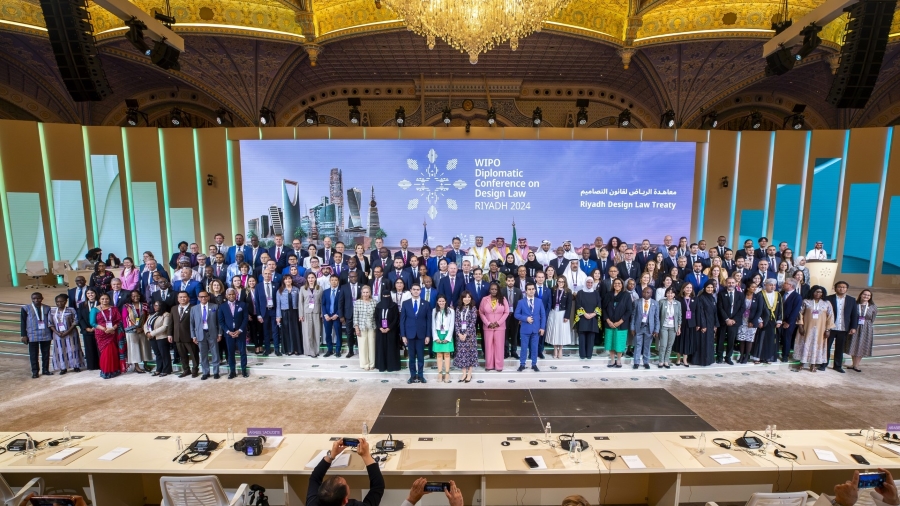Riyadh Design Treaty the final piece of the global IP harmonisation puzzle
The Riyadh Design Law Treaty represents more than just procedural streamlining—it is an increasingly rare and hard-won success for global cooperation.

After two decades of negotiations, the international intellectual property (IP) community has reached a significant milestone: the adoption of the World Intellectual Property Organisation (WIPO) Riyadh Design Law Treaty. For industry experts, this moment represents more than just procedural streamlining—it is an increasingly rare and hard-won success for global cooperation.
“This has been a 20-year process, and so it’s, in a sense, a victory for multilateral cooperation,” said Dr Francis Gurry, IPH Strategic Advisor and former Director General of WIPO.
The treaty aims to harmonise the process of applying for protection of industrial designs, reducing bureaucratic hurdles for companies filing design rights internationally. The treaty is expected to ease the burden on businesses, particularly smaller enterprises, which often struggle with the complexity of securing IP rights across multiple countries. It will be particularly useful for those filing in more than one country but not using the Hague System for the international registration of designs (which achieves formalities harmonisation for the applications filed under it).
“The idea of this treaty is to reduce the complexity of formal procedural requirements,” Dr Gurry said. “Historically, every national office has developed its own formalities, which makes it extremely difficult to navigate a world in which you want international protection.”
“The treaty harmonises design formalities, in the same way that the Patent Law Treaty (PLT) and the Singapore Treaty on the Law of Trademarks (STLT) do for patents and trademarks, respectively, forming the final piece of the global IP formalities harmonisation puzzle,” Dr Gurry said.

“The idea of this treaty is to reduce the complexity of formal procedural requirements. Historically, every national office has developed its own formalities, which makes it extremely difficult to navigate a world in which you want international protection.”
Dr Francis Gurry | Strategic Adviser, IPH Limited
While the treaty harmonises application requirements – such as standardising the maximum elements that may be required in a design application – it does not address deeper inconsistencies in global design law, particularly the divide between registration-only and examination-based systems.
Some countries, including the United States, China, Japan, and South Korea, require patent offices to examine new design applications to determine whether they are truly novel before granting protection. Others, like Australia and much of Europe, have opted for a simpler registration-based approach, where designs are approved without substantive examination, and it is left to the market to monitor whether newly registered designs are not original.
The treaty does not attempt to resolve this fundamental divide. “That would have been a substantive requirement,” Dr Gurry explained. “And that’s the constant challenge with international cooperation – each party is deeply attached to its own system. This is probably as good as we can get.”
For now, the treaty offers a long-overdue step toward simplifying international design law, allowing businesses to focus on the important part that design plays in successful innovation, rather than on legal complexities. “It just makes life a little bit easier for applicants all around the world,” Dr Gurry said. “And that’s important.”
Photo: Saudi Authority for Intellectual Property (SAIP). This work is licensed under a Creative Commons Attribution 4.0 International License.








